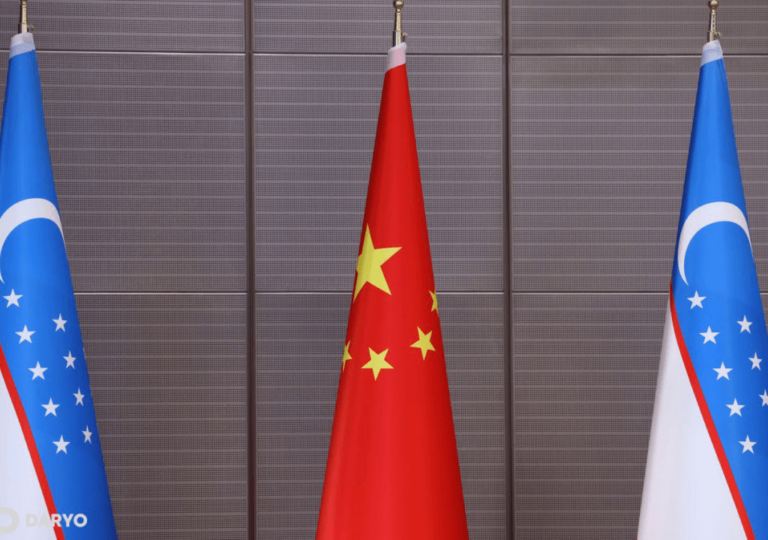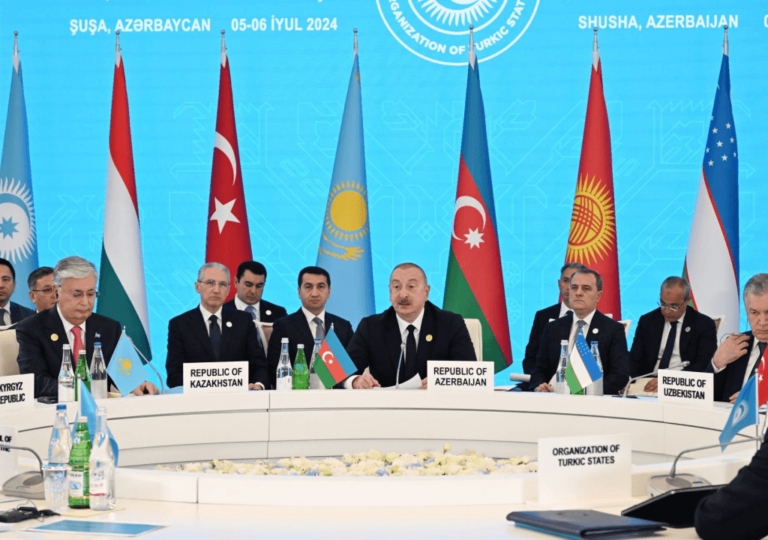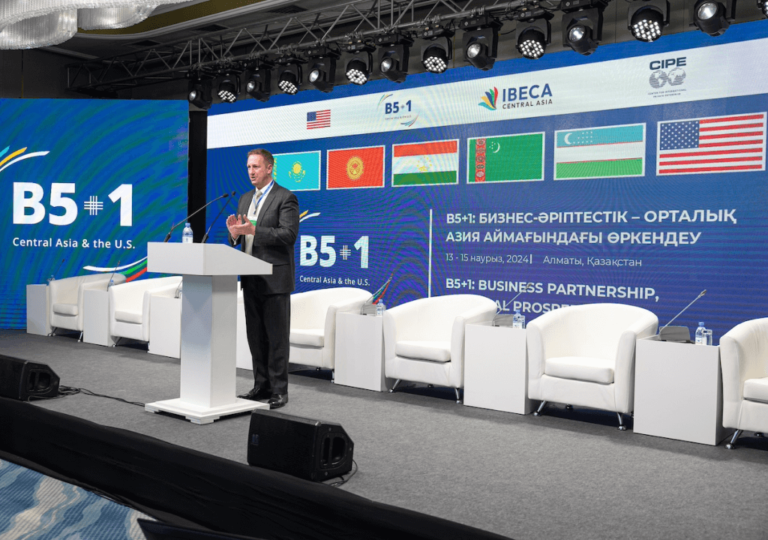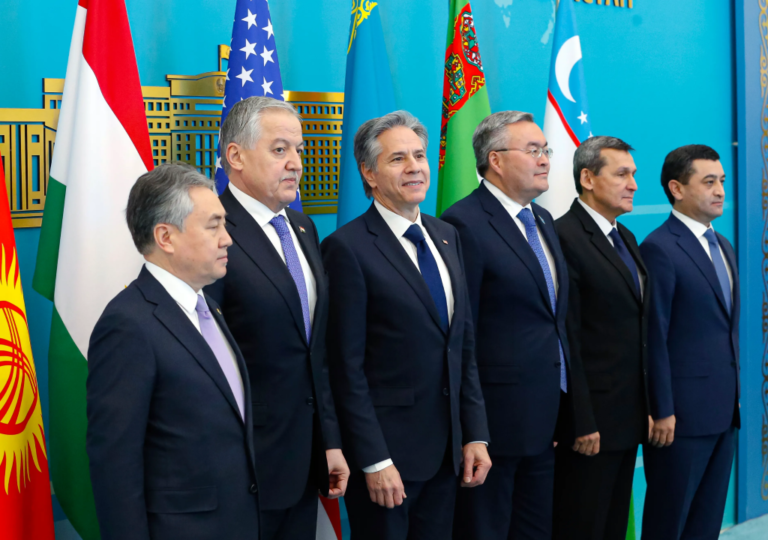Is China Taking Over Uzbekistan?

China's influence in Uzbekistan is growing through investments, infrastructure, and diplomacy. But is Beijing gaining too much control? Many Uzbeks on social media are concerned.

China's influence in Uzbekistan is growing through investments, infrastructure, and diplomacy. But is Beijing gaining too much control? Many Uzbeks on social media are concerned.

Turkic states, including Turkey, share common ethnic, linguistic, and cultural ties, forming the Organization of Turkic States (OTS) to strengthen cooperation and protect regional interests.

As a necessary step toward creating a single regional market, Central Asian states are removing trade barriers.

Central Asia's shift from Russian influence unfolds as global players like the US engage in economic partnerships and regional integration efforts.